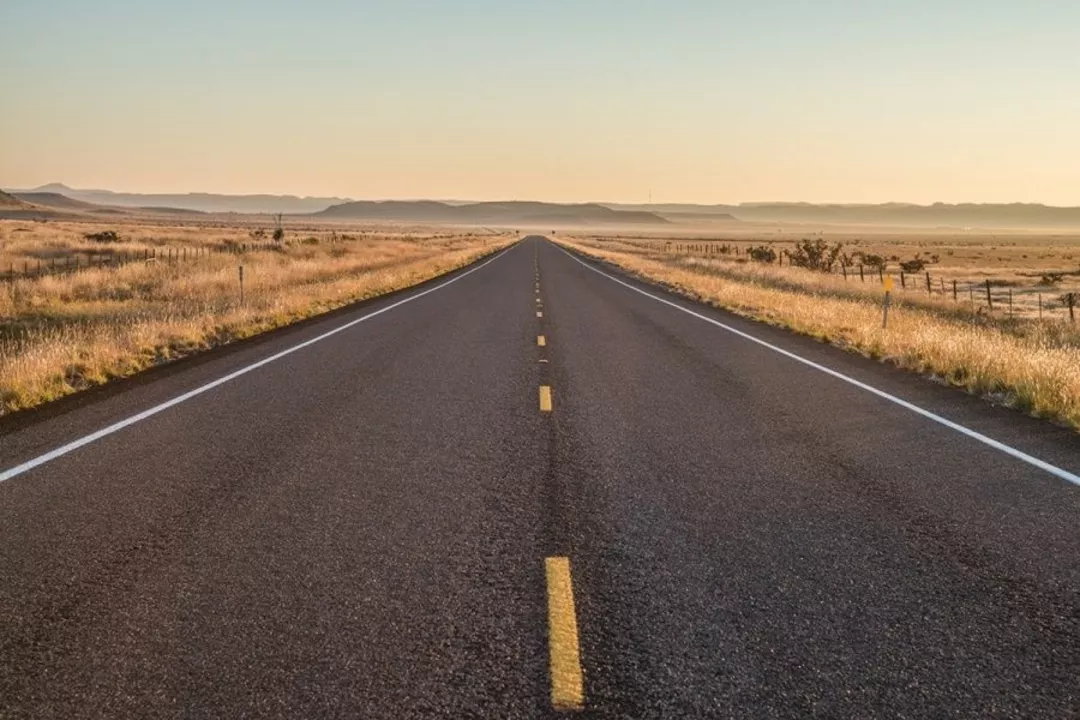An Overview of Road Racing Culture
Road racing has long been a popular sport in many countries around the world, with events like the Tour de France and the Giro d'Italia drawing huge crowds and massive media attention. In the United States, however, road races are far less common, and many people might wonder why this is the case. In this article, we'll explore the reasons behind the absence of road races in the US, examining everything from infrastructure and geography to cultural differences and historical factors.
The Impact of Infrastructure and Geography
One of the main reasons why road races are not as prevalent in the United States as they are in other countries is due to the nation's infrastructure and geography. The US is a vast country with a highly developed network of highways and interstates that are designed for high-speed, long-distance travel. While this makes driving more efficient, it also means that there are fewer opportunities for road races that can take advantage of winding, scenic routes like those found in Europe or other parts of the world.
Furthermore, the layout of many American cities is based on a grid system, which can make for uninteresting and repetitive race courses. By contrast, European cities often have more organic, winding layouts that offer a more engaging and challenging experience for both racers and spectators. Additionally, the sheer size of the United States means that hosting a multi-stage race comparable to the Tour de France would require a significant investment of time and resources, which may be prohibitive for organizers.
A Different Cycling Culture
Another reason for the lack of road races in the US is the country's unique cycling culture. While cycling is a popular recreational activity in America, it is often seen more as a form of exercise or a way to commute rather than a competitive sport. This is in stark contrast to countries like France, Italy, and Spain, where professional cycling is a major part of the sporting landscape and young athletes often grow up dreaming of becoming the next great road racer.
As a result, there is less grassroots support for road racing in the United States, which can make it difficult for events to gain traction and secure sponsorship. Additionally, the American sports market is already saturated with popular events like football, basketball, and baseball, making it harder for road racing to carve out a niche and attract widespread attention.
Historical Factors and the Rise of Car Culture
Another factor that has contributed to the lack of road races in the United States is the country's historical development and its longstanding love affair with the automobile. After World War II, America experienced a period of rapid suburbanization and highway construction, which reinforced the notion that cars were the most efficient and desirable mode of transportation.
This emphasis on car culture has had a lasting impact on the way Americans view transportation and has contributed to the marginalization of cycling as a sport. In contrast, European countries with a strong road racing tradition often have a more balanced approach to transportation, with cycling playing a more prominent role in everyday life and the sports world alike.
The Rise of Criterium Racing
One form of road racing that has found success in the United States is criterium racing. Criteriums are short, closed-circuit races that take place on city streets, which can be more easily accommodated by American infrastructure and can provide a more spectator-friendly experience. These races often feature high-speed, aggressive racing and are more accessible to amateur cyclists, making them an appealing alternative to traditional road races.
While criterium racing has gained popularity in the US, it is still a niche sport compared to mainstream American sports, and it does not have the same level of prestige or international recognition as events like the Tour de France or the Giro d'Italia.
Legal and Safety Concerns
Organizing a road race in the United States can be a complex process, with numerous legal and safety concerns to navigate. Road closures, permits, and insurance requirements can all pose significant challenges for race organizers, particularly for events that span multiple days and cover large distances. Additionally, American roadways are often designed with cars in mind, with little consideration given to the safety of cyclists.
These factors can make it difficult for road races to gain the necessary approvals and support to be successful, particularly in comparison to European countries where the sport has a more established presence and a more supportive regulatory environment.
What the Future Holds for Road Racing in the US
Despite the challenges facing road racing in the United States, there are signs of hope for the sport's future. A growing number of American cyclists have found success on the international stage, and events like the Amgen Tour of California and the Colorado Classic have shown that there is an appetite for road racing in the US. Additionally, the continued growth of criterium racing could help to raise the profile of the sport and build a stronger foundation for more traditional road races.
Ultimately, it will take a concerted effort from race organizers, local governments, and the American cycling community to overcome the obstacles facing road racing in the US and create an environment in which the sport can thrive. While it may never reach the same level of popularity as it enjoys in Europe, there is still plenty of potential for road racing to become a more prominent part of the American sports landscape.
